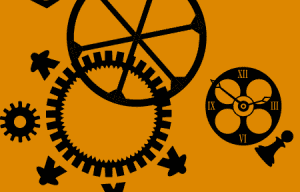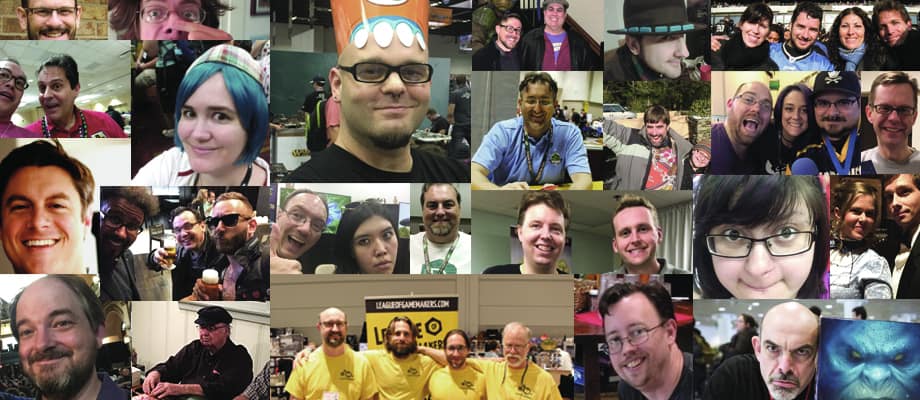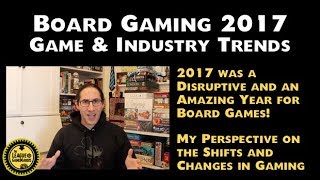
I grew up an artist in a family of artist. I was the youngest; which means I had three other artist teaching me what they’ve learned. Imagine how surprised I was when I got to college and found out that I learned it all wrong!
Have you ever started drawing a person by focusing on one eye? That eye looked awesome didn’t it? Unfortunately, sometimes the second eye doesn’t look quite right, or the face is too big. What I didn’t know as a kid was that when you draw, you have to draw big and then work down into the details. Draw a circle, then a few smaller circles, now you have a place to put eyes. I was hesitant at first. In fact I hated it.
To relearn how to draw after 18 years of thinking I was doing it pretty well was tough. After a while though, I started to realize how useful it was. I no longer drew people with their arms leaving the page because I didn’t plan ahead. Everything fit better and looked more unified. It made my work so much better.
Anything creative benefits from this practice. I’m often reminded of Michelangelo’s quote,
“EVERY BLOCK OF STONE HAS A STATUE INSIDE IT AND IT IS THE TASK OF THE SCULPTOR TO DISCOVER IT.”
What does this have to do with designing games? Everything actually. Over the years as I got into sculpture, writing, and other creative endeavors I always found that starting big and basic first, then going down to the details was the way to go. Little surprise then to realize that designing games is best done the same way.
Have you ever started a game focused on one tiny rule or aspect? At first it’s exciting, that rule looks awesome doesn’t it? But stepping back you start to stumble when it comes to the bigger picture. You can’t design a well-rounded game with elegance by starting on a single detail and then working out. It just doesn’t work.
My first attempt was like that. The first Evil Intent was a catastrophe. The first one no one ever played that is. After a test play with four other people, Erin (co-designer of Evil Intent) and I started driving home in a reflective silence. Finally I said, “That wasn’t fun at all”. “No, no it wasn’t,” she replied.
We trashed the entire thing and this time, started big. We started first by asking ourselves what the player experience should be when playing the game. Then we started throwing around some basic mechanics on how to achieve that. Little by little we worked on each part until we got to the detail.
When asked if I think Evil Intent is a successful design I say yes. I don’t know how it will do market-wise, but when we took that game to be blind tested by players who knew nothing about it beforehand and I watched as they laughed maniacally and subconsciously struck evil poses like Mr. Burns or Emperor Palpatine, I knew. We had succeeded in making the game we wanted to make, and we did it by starting big and basic.








